My aim is to see 200 different species of birds in Britain in 2018 but will I succeed?
1 January 2018, out my window, Penarth

- Herring gull
- Lesser black-backed gull
My first birds of 2018, on the roof of the church hall across the road from my flat.
- Crow
The two crows on the left were on the weathervane on top of the steeple of the church opposite my flat. Later, near the Norwegian Church in Cardiff Bay, I spotted a leucistic crow that I’ve seen before near the Lockkeeper’s Café. - Feral pigeon
1 January 2018 continued, a walk around Cardiff Bay
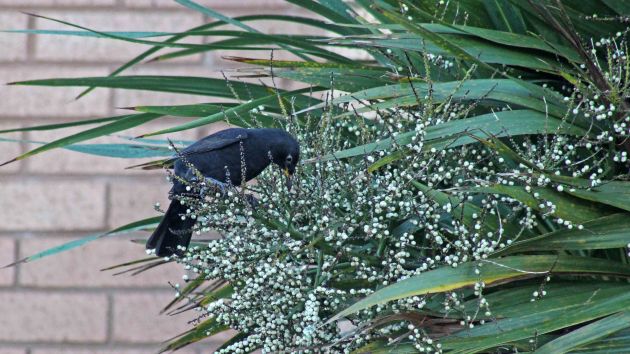
- Blackbird
This blackbird was enjoying a feast of Cabbage tree (Coryline australis) berries in the front garden of a house at Penarth Marina. - House sparrow
- Magpie
- Woodpigeon
- Starling
- Robin
- Black-headed gull
- Pied wagtail
- Mute swan
- Mallard
- Great crested grebe
- Coot
- Little grebe
- Cormorant
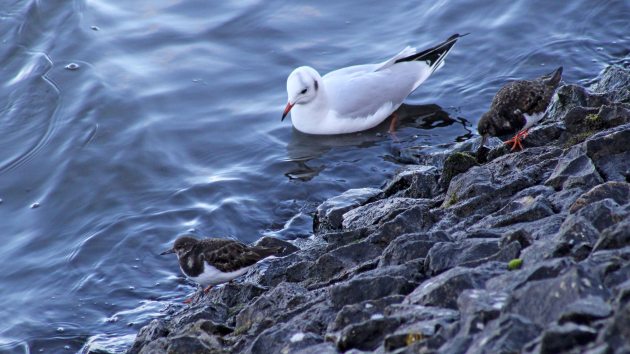
- Turnstone
Always a favourite of mine, three little turnstones were foraging along the Ely embankment and a Black-headed gull was wanting a piece of the action. - Raven
- Jackdaw
- Chaffinch
- Great tit
- Blue tit
- Moorhen

- Tufted duck
Six tufted ducks were in the pond at the Cardiff Bay Wetland Reserve and paddled over to see if I had any food for them … but no. - Wren
- Kingfisher
- Goldfinch
- Long-tailed tit

- Mistle thrush
Posing very nicely on the grassy playing fields of Hamadryad Park.
3 January 2018, Penarth
- Dunnock
A sweet little dunnock sang me a pretty tune as I passed by its bush on my way to the train this morning.
4 January 2018, Penarth and Cosmeston

- Collared dove
Birding out the back window, in winds of 40-50mph. - Bullfinch

- Canada goose
- Pochard
- Wigeon
5 January 2018, Cardiff parks and cemeteries
- Greylag goose
- Goldcrest (above left, cleaning up the gravestones)
- Green woodpecker (above right, perching on a gravestone)
- Jay
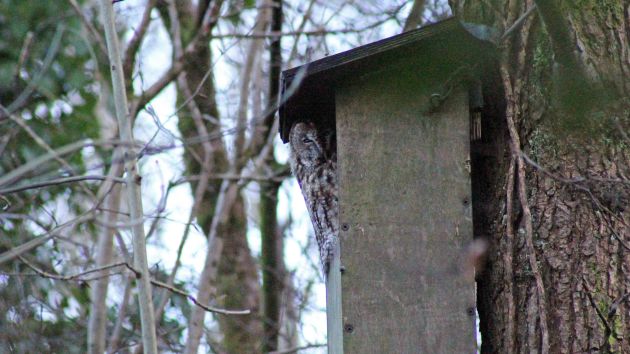
- Tawny owl
Lovely to see this beauty again, though two Jays were screeching at it, presumably to try to scare it away.
6 January 2018, Bute Park, River Taff and Cardiff City centre
- Goosander

- Grey heron
- Song thrush
- Redwing
- Treecreeper
- Peregrine falcon
Peregrine falcons have been making their home – and breeding – on the Cardiff City Hall clock tower for several years. I’ve looked for them up there many times but today was the first time I actually saw one!
7 January 2018, Cosmeston
- Coal tit
- Nuthatch
- Buzzard
- Shoveler
- Gadwall
- Teal
8 January 2018, Cosmeston (again, as I was following up on the sighting of an Iceland gull yesterday but it wasn’t seen today)
- Reed bunting
- Yellow-legged gull (2nd winter)
11 January 2018, Ely embankment
- Grey wagtail (in fact, 4 Grey wagtails!)
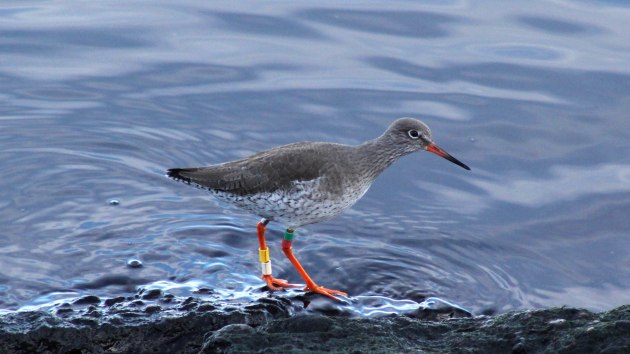
- Redshank
In fact, 4 Redshanks, including this ringed bird I have seen a couple of times before and blogged about back in March 2017: see ‘Tracking Mr Redshank’. - Rock pipit
14 January, coastal path from Penarth to Lavernock, and at Lavernock Nature Reserve

- Shelduck
These two shelducks went flying past east-west as I was walking the coastal path from Penarth to Lavernock today and then, when I got to Lavernock Reserve, there was a flotilla of about 20 floating just offshore from the point where the pillbox sits, by St Mary’s Well Bay. - Oystercatcher
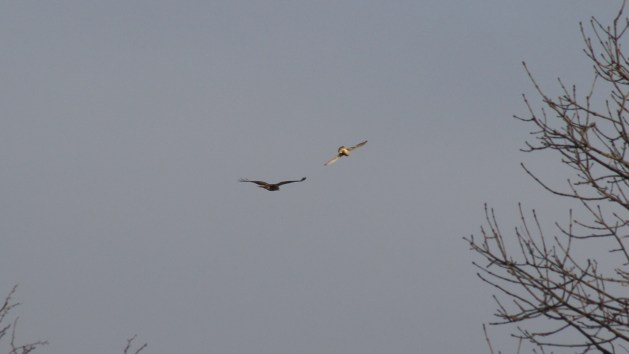
- Kestrel
This Kestrel was trying to see off the much larger Buzzard that was invading its hunting territory.
17 January, Sully and Cosmeston

- Curlew

- Common gull
18 January, Bute Park, Cardiff
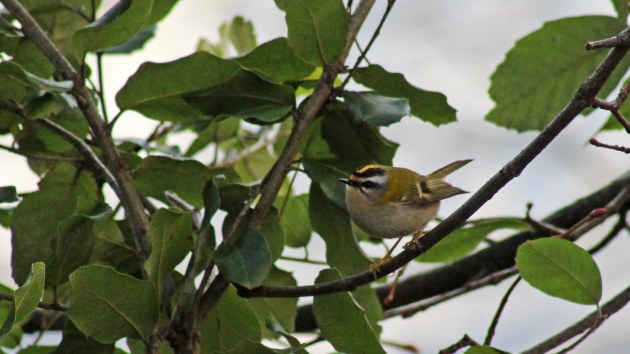
- Firecrest
19 January, River Taff
- Dipper
23 January, Cosmeston

- Marsh tit
29 January, Penarth beach

- Mediterranean gull
30 January, Barry old harbour

- Little egret
2 February, Lavernock
- Sparrowhawk
Hunting over the fields – too fast for a photo, unfortunately.
4 February, Cosmeston
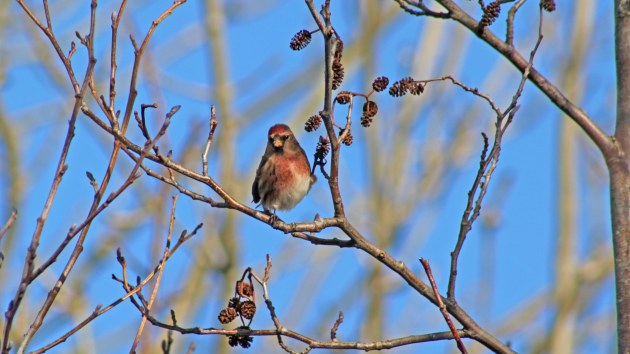
- Lesser redpoll (really chuffed with this one – not easy to find)
5 February, Sully and St Mary’s Well Bay
- Pheasant

- Little ringed plover
- Grey plover
Pictured here with 3 Turnstones, the Little ringed plover is the small bird facing the camera, on the left, and the Grey plover, the bird on the right. - Fieldfare
6 February, Ogmore and Kenfig
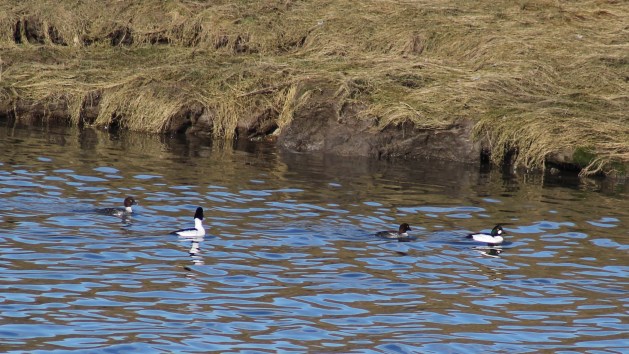
- Goldeneye
- Great black-backed gull
- Red kite
- Stonechat
- Rook
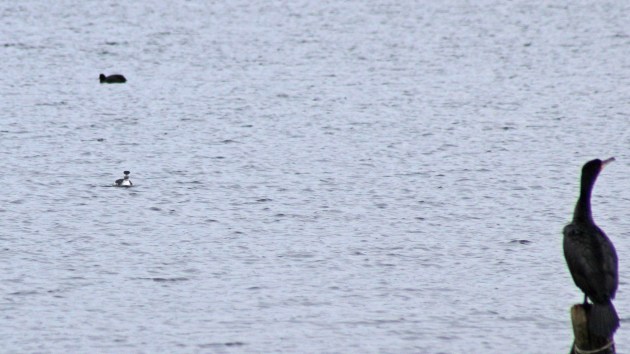
- Slavonian grebe
A life first for me (oh, and in case you’re wondering, it’s the small black-and-white bird on the left … small and distant, unfortunately.) - Golden plover
- Lapwing
- Short-eared owl
Another lifer for me, and we saw two of these owls hunting over the dunes at Kenfig National Nature Reserve. Magic! - Greenfinch
14 February, Rye Harbour

- Brent goose

- Egyptian goose
17 February, Cuckmere Haven
- Skylark
It was a glorious day at Cuckmere, with a definite feel of spring in the air, which was reinforced by the frequent song flights of skylarks all around as we walked along the bank of the Cuckmere River to the seashore. These two were ‘chasing’ each other, a behaviour that may be males disputing territory or a form of courtship display. - Meadow pipit
18 February, Rye Harbour (top part of the reserve)
- Cetti’s warbler
20 February, Penarth Marina
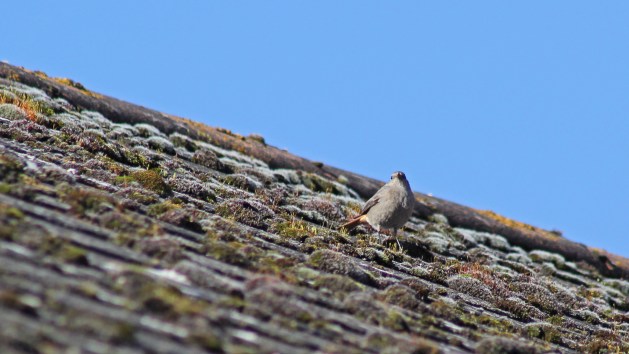
- Black redstart
So glad this immature female stayed around till I returned from my week in Sussex. A pretty little bird, dotting around the rooftops of the houses at the marina, and a lifer for me!
22 February, Bute Park
- Great spotted woodpecker
’Tis the season when I try to follow the drumming of the woodpecker to get a photo and the bird inevitably flies off just as I get close.
25 February, Dryslwyn, Cilsan Bridge and Tregaron Marsh (a long day and very cold but with spectacular scenery in mid Wales, especially the Tywi Valley)
- Whooper swan
- Bar-headed goose
A bit controversial adding this as it’s not on the official British bird list but, hey, it was living with wild birds in the wilds of mid Wales so I’m having it.

- Great white egret
- Pink-footed goose
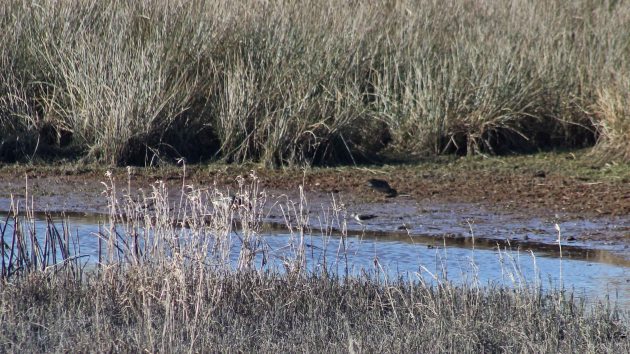
- Green sandpiper
- Snipe
- Hen harrier
This was the bird we’d gone to Tregaron to see and, though we had to wait till late afternoon to finally spot one, having our 12 pairs of eyes constantly scanning across the marshes in bitterly cold winds did eventually pay off. It was stunning to watch.
7 March, Forest of Dean
- Siskin
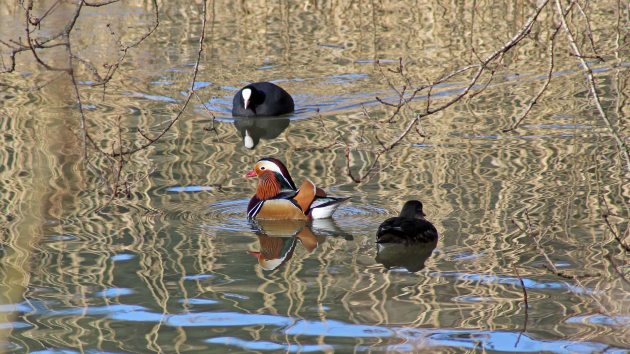
- Mandarin duck
Originally brought to Britain from their Asian homeland as ornamental birds for parks and zoos, escapees have established themselves in the wild, and the Mandarin duck is now an official British species – and perhaps the most exotic-looking bird on the British list. As usual with bird species, the male (shown here) is the most showy.

- Great grey shrike
Despite its ‘great’ name, it’s a small bird with a nasty streak, known for impaling its prey (of insects, lizards, and even small birds) on a handy twig or thorn. Though difficult to see, my photo shows a lizard we watched the bird catch and hang up. - Hawfinch
11 March, Cosmeston
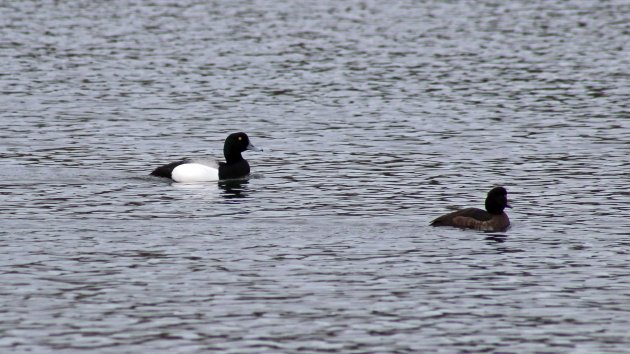
- Scaup
13 March, Forest Farm
- Chiffchaff
Heard, not seen, but there’s no mistaking that call, and it’s wonderful to know the birds are making landfall after their spring migration.
14 March, Ely embankment
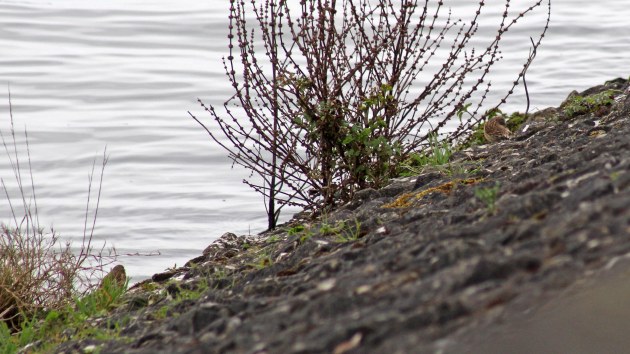
- Linnet
Spotted four Linnets on the Ely embankment this af’noon, possibly the same family I saw from time to time in the autumn, but I can’t be sure. Nice to see them though.
19 March, Cosmeston

- Sand martin
23 March, Sully

- Wheatear
I’ve walked miles this week, following up on reported sightings of this lovely spring migrant and finally today I saw, though only very briefly, this very handsome male bird.
p.s. Wheatears are obviously like buses – you see none at all and then two come along at once. I saw another Wheatear the very next day and got a better photo so the image above is of number two.
1 April, Cosmeston (no April fool here!)
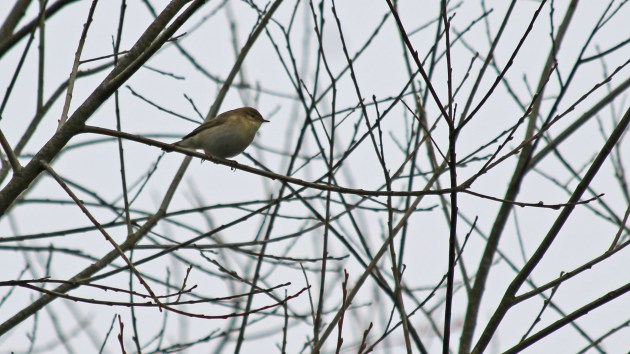
- Willow warbler
A good way to start the new month, after a very slow March. Willow warblers have just started to arrive back in the country after their winter in southern climes. They’re very similar to Chiffchaffs so the trick is to listen to their song.
5 April, Cosmeston

- Blackcap
Though increasing numbers of Blackcaps now over-winter in Britain (more on that phenomenon on the BTO website here), the majority are now returning from their migration to Spain.
7 April, Cardiff
- Swallow
My first swallows of the year today, 3 or 4 in a group of about 20 Sand martins swirling over the River Taff and neighbouring apartment blocks just up river from Cardiff Bay. I did try for photos but just got giddy trying to follow them.
10 April, Cardiff Bay
- Little gull
A fairly rare visitor to Cardiff but a local birder spotted them yesterday so I was one of many people who’ve been down to the Bay for a look today. There were two adult birds in winter plumage and one immature bird. Superb to watch them flying, though too distant for photos.
14 April, Cardiff Bay Wetland Reserve (the day of the warblers, heard not seen)
- Reed warbler
- Sedge warbler
- Grasshopper warbler
When they ‘reel’ (so-named because the sound is a bit like the winding of a fishing reel), they really do sound like loud grasshoppers.
18 April, woodland opposite Craig Cerrig Gleisiad & Garwnant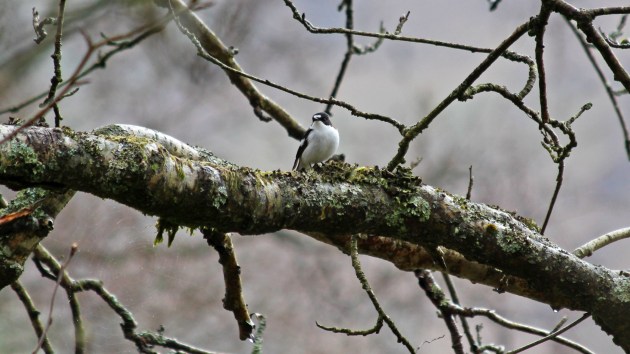
- Pied flycatcher
- Tree pipit

- Willow tit
19 April, Cardiff Bay
- Common sandpiper
- Lesser whitethroat
28 April, Cardiff Bay and, later, Grangemoor Park
- Arctic tern
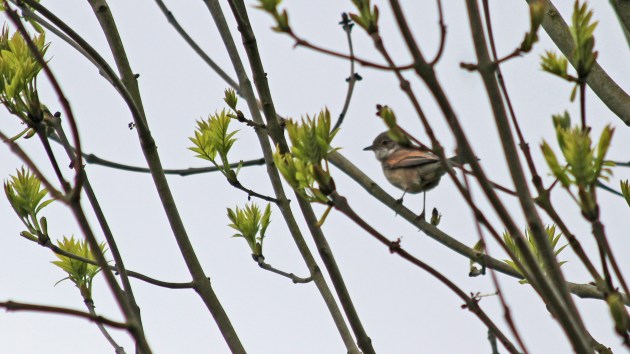
- Common whitethroat
29 April, Cardiff Bay
- House martin
- Swift
4 May, RSPB Frampton Marsh in Lincolnshire and RSPB Blacktoft Sands in Yorkshire
- Red-legged partridge
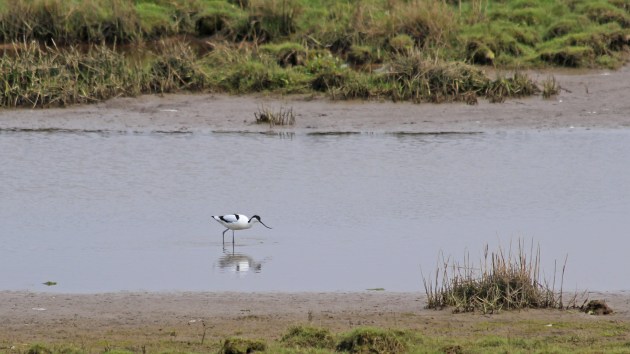
- Avocet
- Ruff
- Dark-bellied Brent goose
This one’s really just a subspecies of Brent goose, but I’m adding it to my list anyway. Perhaps I need to increase my count to 201 to compensate. - Stock dove
- Whimbrel
- Greenshank
- Wood sandpiper
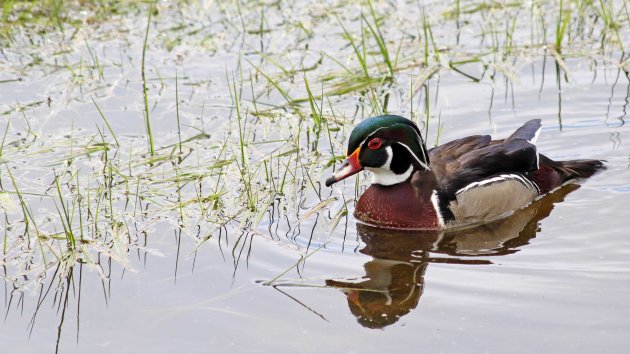
- Wood duck
- Black-tailed godwit

- Yellowhammer
- Barnacle goose
- Garganey
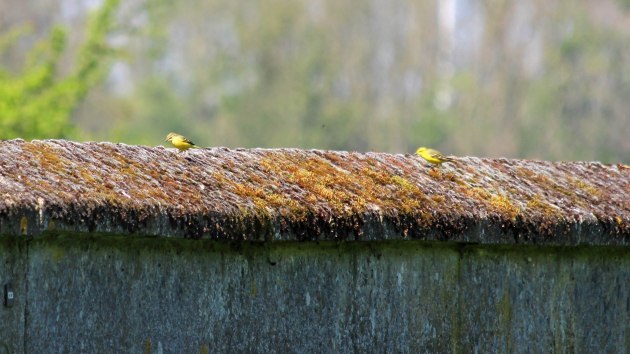
- Yellow wagtail

- Barn owl
- Bearded tit
- Montagu’s harrier
5 May, Tophill Low Nature Reserve and Nosterfield Nature Reserve, both in Yorkshire, and Seahouses, in Northumberland
- Grey partridge
- Garden warbler
- Little ringed plover
- Black swan

- Eider
6 May, Waren Mill, in Northumberland, then Musselburgh and Dunbar Harbour in Scotland
- Tree sparrow
- Surf scoter
- Long-tailed duck
- Velvet scoter
- White-winged scoter
- Red-throated diver

- Guillemot
- Common scoter
- Red-breasted merganser
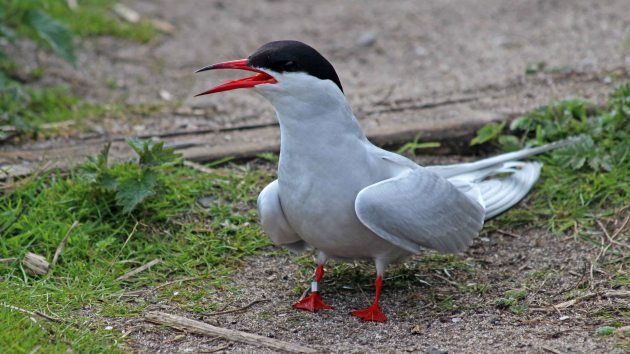
- Common tern
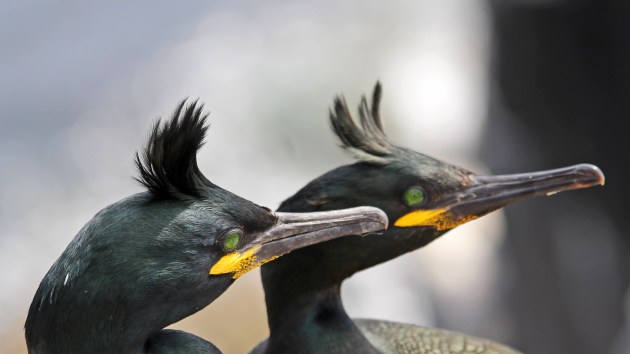
- Shag

- Razorbill
- Black-throated diver
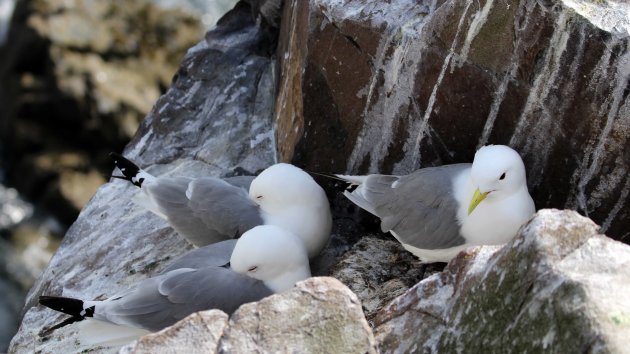
- Kittiwake
- Gannet
- Fulmar
- Sandwich tern
7 May, a big mix of locations: Druridge Pools, High Hauxley Nature Reserve, East Chevington Nature Reserve and Druridge Bay beach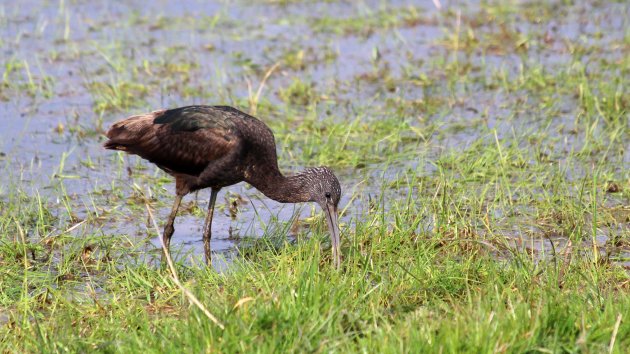
- Glossy ibis

- Knot
The Knot is on the right. The bird on the left is a Grey plover. - American wigeon
- Black-necked grebe
- Dunlin

- Sanderling
- Little tern
- Little owl
8 May, Stag Rocks, Bamburgh and the Farne Islands
- Purple sandpiper
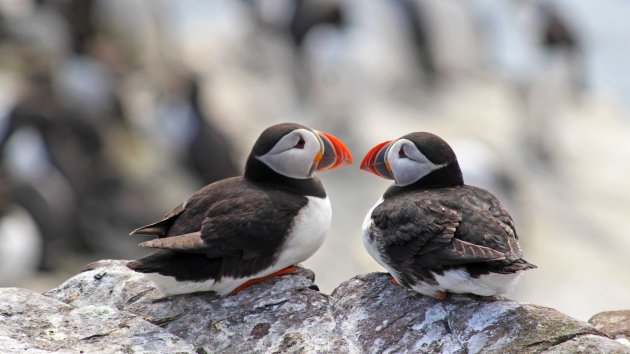
- Puffin
9 May, a nature reserve in the north of England, and Langdon Beck in Yorkshire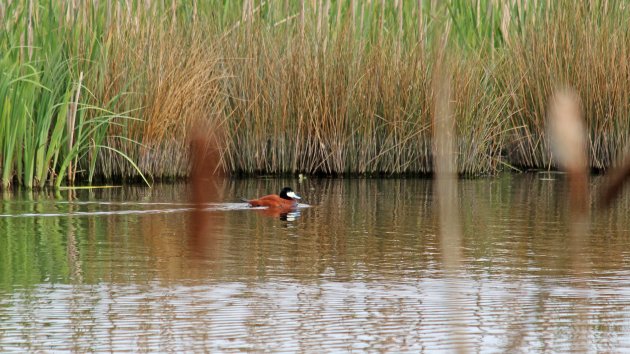
- Ruddy duck
Beautiful though it is, the Ruddy duck is classified as a non-native invasive species in Britain. You can read more about its sad story on the RSPB website. - Black grouse
- Red grouse
13 May, Cwm Cadlan
- Cuckoo

- Redstart
Several seen today but always sitting atop distant trees – hence the rubbish photo.
23 May, St David’s Vale
- Wood warbler

- Whinchat
Though they were always quite distant, sitting high on trees or perched on the tops of bushes, it was a real treat to see my first Whinchats of the year in this stunning location.
6 June, Llanwonno
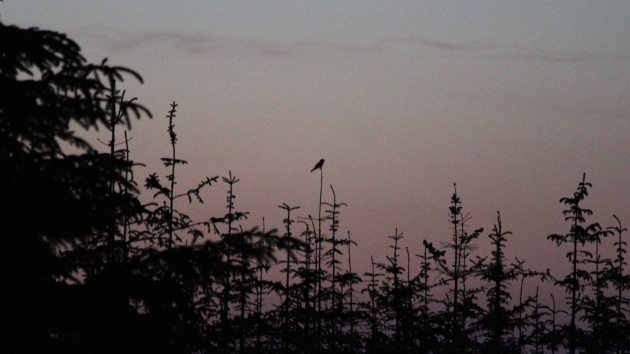
- Nightjar
The churring of the Nightjar is a mystical sound, and to hear and see at least 4 birds, both flying and perched on nearby conifers, on our night-time bird club walk in the Welsh Valleys was just brilliant.
1 July, Rhossili
- Chough
- Manx shearwater
14 July, Woods Mill
- Turtle dove
Heard ‘purring’ three times but not sighted.
17 July, RSPB Dungeness
- Bar-tailed godwit
7 August, Cosmeston

- Spotted flycatcher
22 August, Garwnant

- Crossbill
16 September, Goldcliff
- Curlew sandpiper
- Pintail

- Hobby
- Little stint
24 September, Lisvane Reservoir
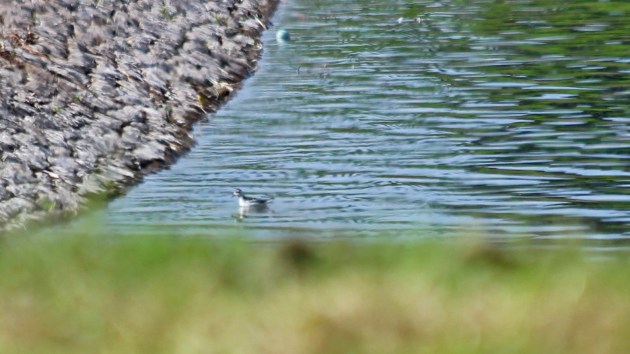
- Grey phalarope
13 October, WWT Steart Marshes in Somerset
193. Marsh harrier
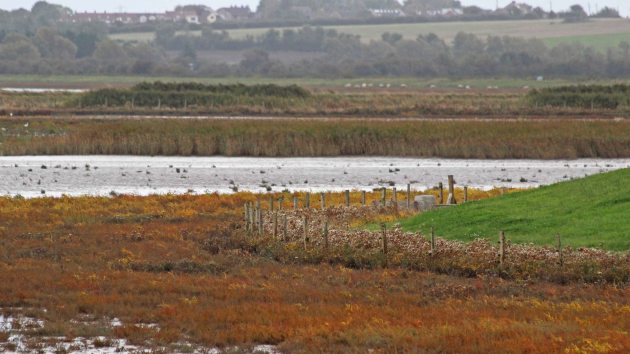
- Merlin
You’ll just have to trust me when I say there’s a Merlin sitting on a fencepost in this photo. It did get off the post and treat us to some spectacular aerial displays across the marshes as it pursued its prey. Its speed was amazing! - Spoonbill

- Cattle egret
I counted at least 10 Cattle egrets grazing amongst these cattle – there may have been more as they were frequently obscured by the cattle and the reeds. - Spotted redshank
22 October, Lavernock Point
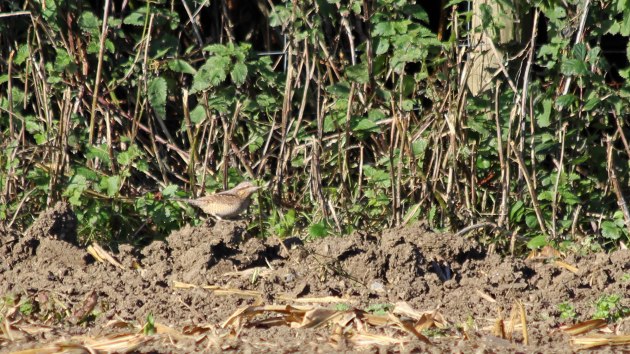
- Wryneck
It took two visits and quite a lot of looking to actually see this bird – it’s so perfectly camouflaged – but today I was lucky. And this was a lifer, so even more special.
23 October, Cosmeston & Roath Park Lake

- Bittern
This was sheer good luck! I had intended going for a walk to Cosmeston today so, when I read on Twitter that a birding friend had seen a Bittern there this morning, I was off like a shot. I wasn’t actually that hopeful as Bitterns can be extremely elusive, but I was standing by the lake, listening for the call of a Water rail (another bird that has eluded me so far this year), when the Bittern flew in. Job done!

- Red-necked grebe
More good luck! I had just got home from Cosmeston when another birding friend phoned to say this bird had been seen at Roath Lake, he was heading over and did I want a ride. Well, you betcha! This is a rarity for Cardiff and another lifer for me.
Now, you might think I should be celebrating right about now – and I did do a bit of a happy dance in my head when I saw that grebe – but three of the birds on this list are a bit dodgy (one is a sub-species and should never have been counted; two others could possibly have been escapees from parks or private collections) so I’m not going to be 100% happy until I get to at least 203.
26 October, Maiden Castle & Lodmoor
- Corn bunting
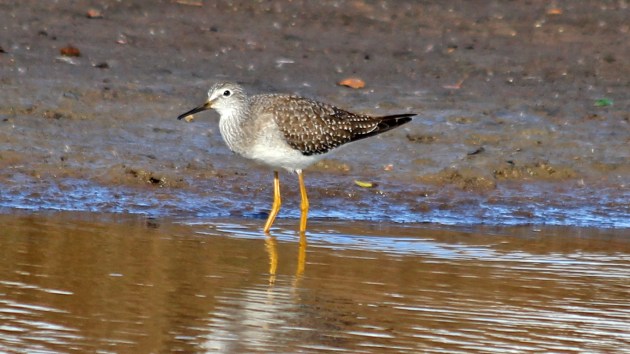
- Lesser yellowlegs
27 October, Portland Bird Observatory
- Brambling
Now, I can legitimately shout “YIPPEE!” I’m so chuffed that I’ve managed to see so many beautiful birds but, of course, it doesn’t stop just because I’ve reached that number. There are still several reasonably common birds I haven’t yet seen this year, so I hope to add a few more to this list before year end. And I’m also pondering on what next year’s challenge should be.
30 October, Cardiff Bay
- Water rail

- Lapland bunting
Easily my best-ever birding find – more about this beautiful bird on the blog.
1 November, Cosmeston
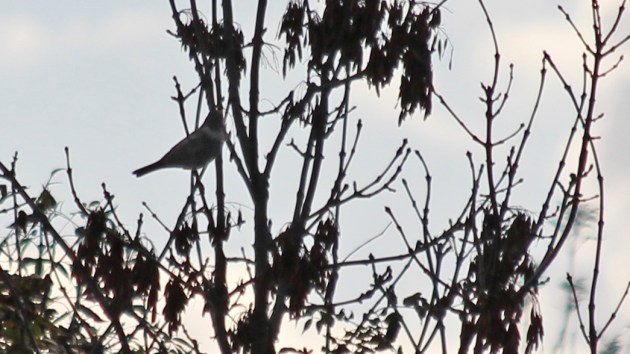
- Ring ouzel
A lucky break with this migrant stopping over to munch on Cotoneaster berries before it heads south for the winter.
18 November, Llwyn-onn Reservoir

- Water pipit
1 December, Barry Docks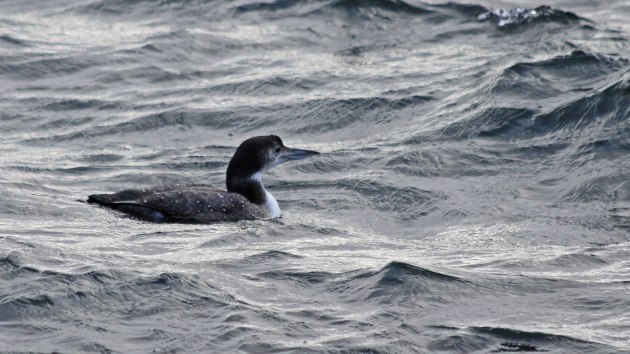
- Great northern diver











Pingback: Birding at WWT Steart Marshes | earthstar
Pingback: Birding at Goldcliff and Uskmouth | earthstar
Pingback: Butterflies 2018 | earthstar
Pingback: Birding at Garwnant and Llwyn-on | earthstar
Pingback: The autumn migration is underway | earthstar
Pingback: Birding at St David’s Vale | earthstar
Pingback: Eleven go birding in a minibus | earthstar
Pingback: Gone birding | earthstar
Absolutely love this. Will keep watching as I’m sure you’ll get to 200, you’re onto a roll already. 🙂 Makes me wish I’d had such a good start to birding in 2018!
LikeLiked by 1 person
Thanks for that vote of confidence! I’m not doing as well as some of my more experienced birding friends (who are already at the 120/130 mark) but, to be fair, they have been on birdwatching holidays to up their totals. Good luck with your sightings! 🙂
LikeLiked by 1 person
Pingback: A leucistic crow | earthstar
Not a bad start to 2018.
LikeLiked by 1 person
So far, so good. If only the wind would die down, I could get out for a long walk and more birds. 🙂
LikeLiked by 1 person